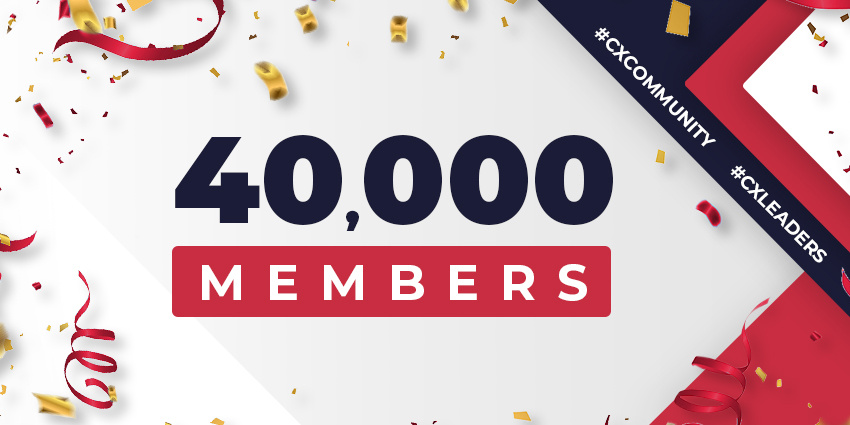The party’s over folks! We didn’t appreciate it then. But in “the good old days” (say, a few decades ago), marketers had it pretty easy. Customers respected authority figures, and we had a pretty good idea of where to locate these people and how to enlist them to sell for us.
There were just a handful of TV stations – whether ABC, NBC, CBS or BBC One and Two, etc.), some popular radio stations, and large circulation print magazines like Time, Life, Vogue or The Spectator that almost everyone read to learn about the world – and about what to buy.
At that time, we thought of the world in terms of very broad categories. We had First World versus Third World, The Young and The Old, Guys and Dolls, and Our People versus The Other People. As we emerged from the throes of World War II, the marketing machine revved up to provide us with the spoils of prosperity – but without a lot of variations to choose from. There was so much pent-up demand following the deprivations of wartime that people with newly-found money to spend weren’t that picky about the details – and the pressures to conform to what others chose were pretty fierce as well.
Indeed, even decades before WWII, Henry Ford famously boasted that his customers could buy one of his cars in any color they liked, so long as it was black. That one-size-fits-all approach made sense in the early days of the Industrial Revolution, when mass production was all about maximizing efficiency and output. And even though this orthodoxy started to loosen up after The Great Depression and then through the post-war years, we remained much more of a cookie-cutter society than we are now (especially since by and large the notion of cultural diversity was still a pipe dream).
Our shift from a monolithic structure to a multilithic one (OK, I made that word up) began to change in the 1950s, as consumer groups began to splinter into smaller and smaller niches. Mass-circulation periodicals like Look and The Saturday Evening Post faded into history, to be replaced by a multiplicity of specialised magazines. Editors discovered that they could better compete by helping advertisers to reach more finely defined audiences with specific needs and tastes.
By 2006, the Magazine Publishers of America trade organisation listed more than 40 special categories of consumer magazines – and that doesn’t even count professionally-oriented periodicals. Cable TV stations, internet radio and other upstart outlets also proliferated. Bruce Springsteen’s famous lament about the quality of TV programming in his 1992 song entitled “57 Channels (And Nothin’ On)” seems quaint today, when even adding a zero to this number doesn’t capture the full range of channels available to us (many still with nothin’ on, but that’s another story).
Creative destruction is a good thing
That monolithic strategy just doesn’t wash in a world where tranquilised consumers are waking up and shaking those cages. Today, many of us no longer accept the labels marketers assign to us, and with good reason. We just don’t conform to the assumptions they make about what we do, think and buy. There’s a bit of a consumer revolution afoot.
That revolution requires marketers to revisit the cages they’ve erected over many years. And no one is saying that’s an easy thing to do. Conventional marketing strategies are built upon predictability, stability and the comfort that comes from knowing that we “understand” our customer yesterday, today and tomorrow. To accomplish this, we love to put people into categories and often into super-neat dichotomies – and call it a day.
Unfortunately, that strong tendency also is a prime example of what psychologists call a nominal fallacy; the belief that because we have given a name to something, we have therefore explained it. So, we blissfully describe our target markets with peppy terms like Millennials, Empty Nesters, Henrys (High Earners, Not Rich Yet), Recreational Shoppers, etc. Then we give ourselves a high-five, secure in the knowledge that we now understand what makes these folks tick. We have safely placed them into their cages and affixed cute labels on the doors. We can sleep soundly because we know we can easily find them again when we’re ready to sell to them.
Those cages used to be solid, and marketers relied upon them to build a structure that formed the basis of their traditional strategic worldview. This rather simplistic approach worked really well for a lot of years, so marketers can’t be blamed for continuing to rely upon it. But that’s no longer the case. Now many of these comfortable cages are opening – and fast. Consumer chameleons are climbing out of them at warp speed, while others are sniffing the air and starting to think about doing the same.
Don’t despair! Creative destruction is a good thing. We need to open these cages if we’re going to thrive in today’s cutthroat market. But it’s really, really tough to give up the security that comes from thinking you know exactly who your customers are. So, take a deep breath, and get ready to unlock those cage doors.
Michael Solomon is a Global Consumer Behaviour Expert and the author of The New Chameleons: How to Connect with Consumers Who Defy Categorization, published by Kogan Page, priced £14.99







